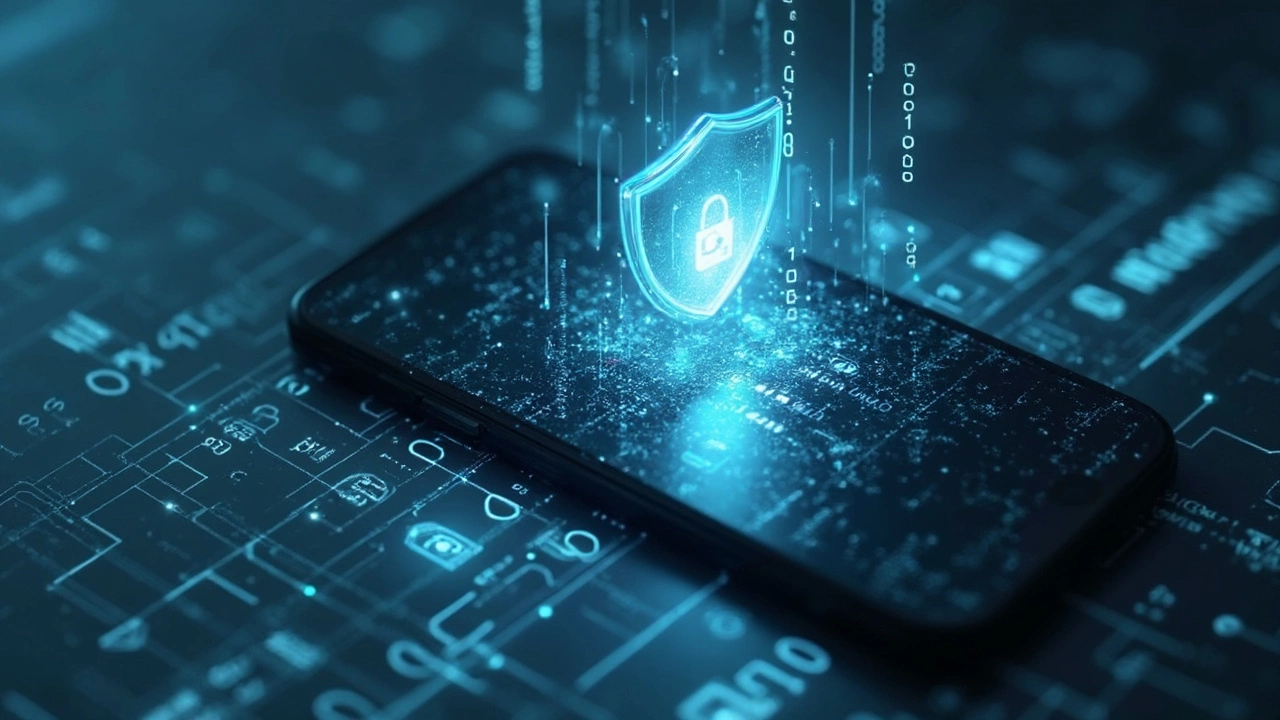Ever wondered why your security camera apps keep asking for location or microphone access? Those permission prompts are more than just annoyances—they’re the front line of privacy. If you let a camera talk to every app on your phone, a hacker or a careless friend could peek at your feeds. The good news is you don’t need a tech degree to lock down those settings. A few minutes of tweaking can stop most accidental data leaks.
Most people fall into three easy traps. First, they grant "full access" to every app during the initial setup. Android and iOS both default to "allow all" unless you change it, so your doorbell might see your contacts or your home Wi‑Fi password. Second, they forget to review permissions after a firmware update. New features often add fresh prompts, and the old settings stay the same, meaning you could be sharing more than you think. Third, they use the same password for the camera’s admin panel and their email account, making it simple for a credential‑stuffing attack to break in.
Here’s a quick, no‑fluff routine you can run on any smartphone or tablet.
1. Audit your apps. Open the device’s settings, go to "Apps" or "Applications," and look for any security‑related apps—camera, alarm, smart lock, or monitoring tools. Tap each one and hit "Permissions." Turn off anything that isn’t essential, like "Location" for a static indoor camera.
2. Use the app’s own security settings. Most modern cameras have a web dashboard or mobile app that lets you control who can see live feeds. Disable "Guest access," set a unique PIN for each user, and enable two‑factor authentication if it’s offered.
3. Separate network zones. Put all your security devices on a guest Wi‑Fi network instead of your main home network. This isolates them from computers, phones, and smart speakers, cutting down the chance that a compromised device can reach your cameras.
4. Keep firmware current. Check the manufacturer’s website or the app’s update screen weekly. New security patches often lock down default permissions that were left wide open in older versions.
5. Review cloud storage permissions. If your camera backs up footage to a cloud service, make sure the service only has read/write access for that specific account. Revoke any third‑party apps that request access to the storage bucket.
By following these steps, you’ll slash the attack surface of your home security system without sacrificing convenience. You’ll still get push notifications, remote viewing, and motion alerts—just without the extra data you never asked for.
Remember, privacy is a habit, not a one‑time setup. Set a calendar reminder every three months to repeat the audit, and you’ll stay ahead of most accidental leaks. Your home feels safer when you control who sees what, and a few clicks are all it takes.

You’ve heard the stories, right? The ones about apps sneakily accessing your phone camera? It’s a real concern for many folks worried about privacy and security. This guide sorts out how apps can obtain camera access, how you can control these permissions, and the tech that acts as your watchdog. Explore easy tips to keep prying eyes at bay and ensure your device's security remains tight.